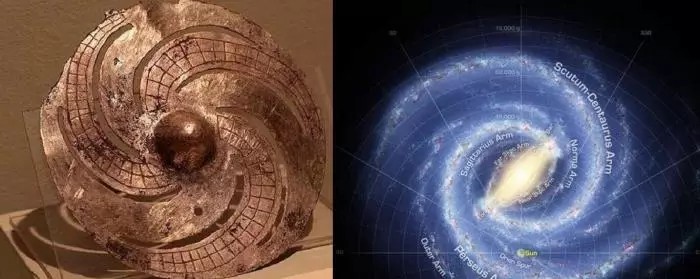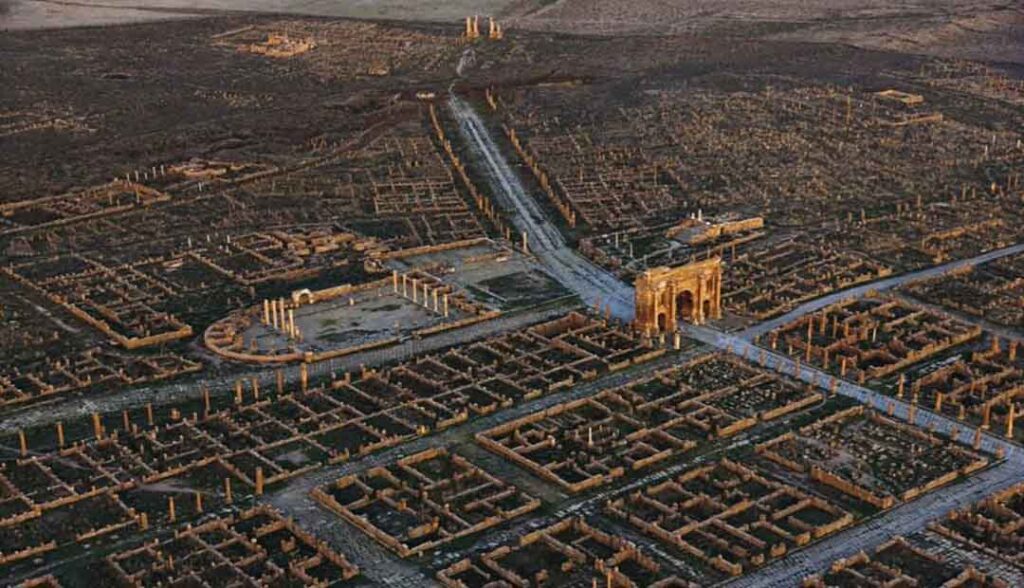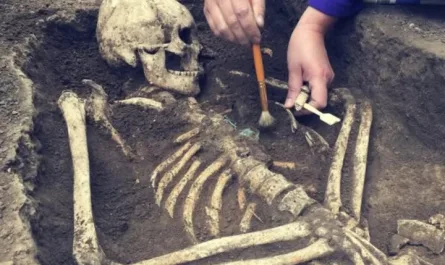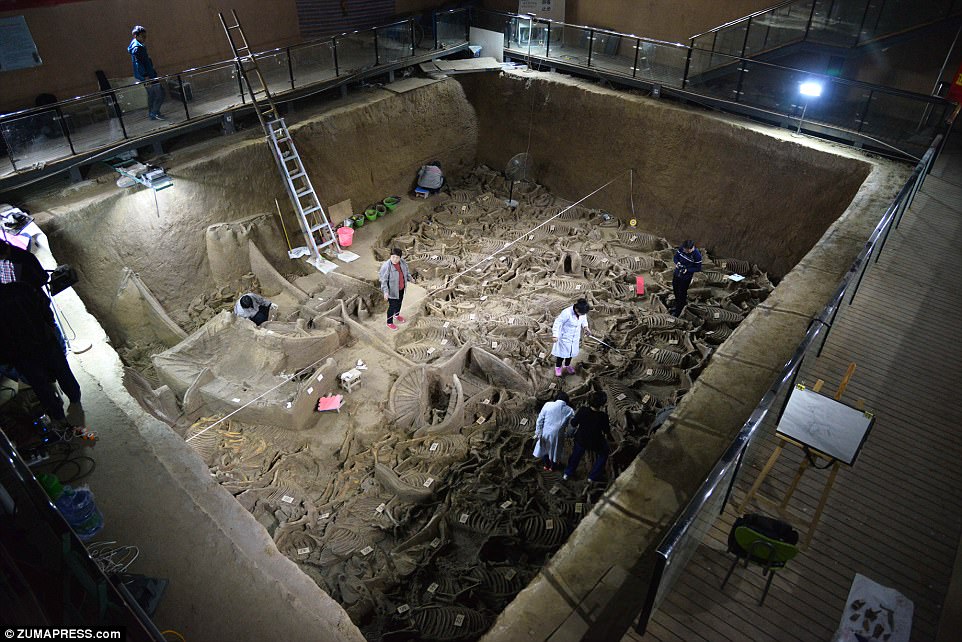Welcome to the fascinating world of ancient Egypt’s mathematics and medicine!
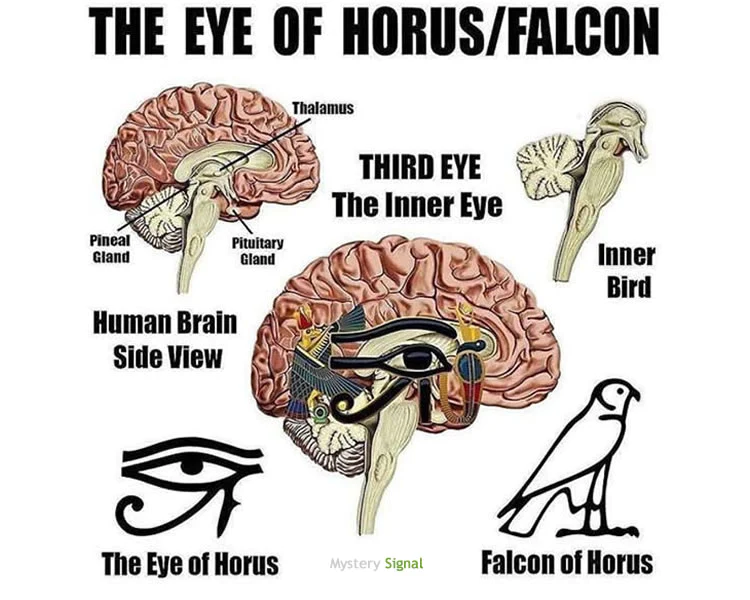
Here is the place where the Eye of Horus represents not only wealth and protection, but also a symbol of their advanced knowledge of human anatomy and physiology.
The ancient Egyptians were pioneers in medicine and anatomy, and their understanding of the central nervous system without modern technology is astounding.
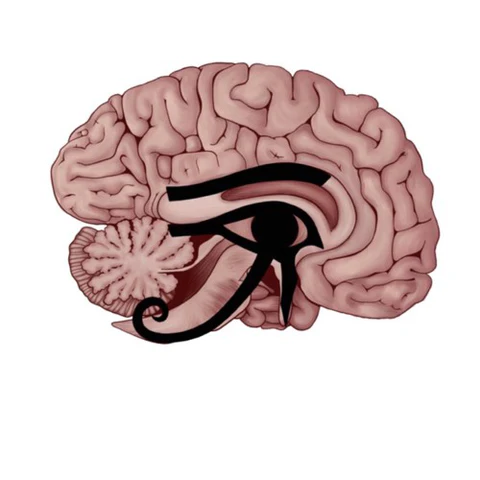
The eye of Horus fractions and the 6 senses
Their intricate fractional systems are still utilized today, and they mainly used math to resolve problems in the arithmetic sense. Their exceptional progress in comprehending triangles fits with their capacity to construct the pyramids.
The Eye of Horus has six mathematical parts. These fractions are 1/2, 1/4, 1/8, 1/16, 1/32, and 1/64. They were traditionally used for the measurement of grains and flour.
Superimposed over a cross-section of the human brain, the six sections of the eye correspond to our major sensory centers: smell, vision, wisdom, hearing, taste, and touch.
Smell (1/2) : The olfactory trigone is the triangular-shaped portion on the right side of the eye. Upon second inspection, it appears to be designed like a human nose.
Vision (1/4) : Interthalamic adhesion correlates to the eye’s pupil. As light strikes the retina inside the globe, humans “see” colors and forms. That transfers neuronal electrical signals to the interthalamic adhesion through visual pathways.
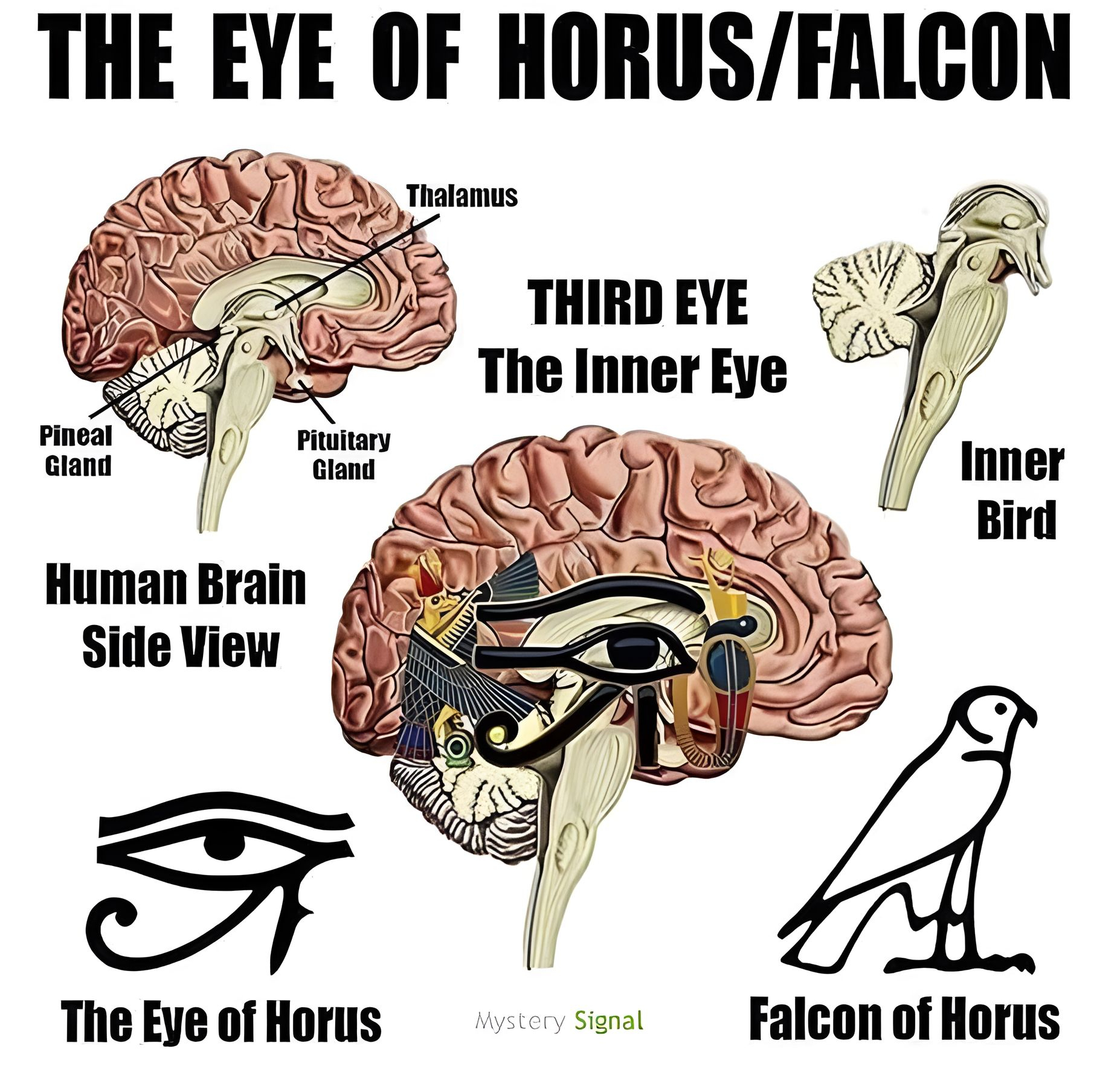
Wisdom(1/8): The form and placement of the corpus callosum match the shape and location of the brow.
Hearing (1/16): The Brodman regions 41 and 42, which are the centers of hearing in humans, are located on the triangle left side of the eye.
Taste (1/32): The coil depicts the human brain’s taste circuit.
Touch (1/64) : The teardrop illustrates the form and position of the somatosensory pathway, which transports various bodily feelings.
Why is the eye of Horus considered almost perfect?
To add or subtract fractions, you have to put them on the same denominator, so we have: 2) The eye of Horus was considered almost perfect, because the sum of the values associated to each part of the eye was almost equal to 1.
The fractions represent numerical values and senses, except one that represents wisdom and intelligence. We consider the missing portion to indicate Thoth’s magical might.
Is the Eye of Horus the Third Eye?
The Eye of Horus was used as a talisman to regenerate spiritual energy, defend against bad spirits, cure ailments, and increase psychic powers.
While the concept of the Third Eye, as it is known in modern spirituality, is not present in ancient Egyptian mythology, the Eye of Horus does share certain parallels with the concept of spiritual vision and insight. The eye was seen as a symbol of strength and protection, and it was connected with the capacity to see beyond the physical world.
The Pineal Gland
A lot of modern esoteric beliefs consider the third eye to be the pineal gland. They say that it could be triggered through meditation, lucid dreaming, and yoga.
The pineal gland is a tiny, pinecone-shaped gland deep in the brain’s core. It is around 0.8 cm long and weighs about 0.1 gram in mature people.
It possesses a plentiful supply of adrenergic nerves, which considerably affects its function. The gland comprises pinealocytes and supporting cells that are comparable to astrocytes in the brain. Little calcium deposits in adults can make the pineal body apparent on X-rays.
Its role is to regulate our sleep-wake cycle and general health by producing and secreting melatonin, which regulates our circadian rhythms and sleep-wake cycles.
The pineal gland is linked to the “third eye” in various spiritual and philosophical traditions, and there is some scientific evidence that this part of our brain may have a role in mystical experiences.
There is conjecture that the pineal gland produces DMT (a naturally occurring hallucinogenic substance present throughout the human body with larger quantities in cerebrospinal fluid). DMT also has a structural similarity to serotonin and melatonin.
You can increase your pineal gland with healthy lifestyle choices such as nutrition, exercise, and sleep habits.
Limbic System
The ancient Egyptians believed that cultivating the limbic brain was necessary for spiritual enlightenment.
The limbic system is made up of three parts: the hypothalamus, the hippocampus, and the amygdala. They manage emotions, link to memories, help interpret the environment, and coordinate reactions to stimuli that elicit an emotional response, in that order.
Trauma can harm the limbic system, resulting in despair, wrath, PTSD, and anxiety. Understanding the limbic system is critical for finding inner peace and living an enjoyable life. The Eye of Horus portrays the hidden regions of the brain that provide the opportunity for every individual to achieve enlightenment, such as the limbic brain, associated with emotions and memories.
Conclusion
In conclusion, the contribution of the Egyptian culture to medicine and human anatomy is immense.
The Egyptians chronicled their discoveries with mythology and mysticism, as well as facts. They employed art to connect anatomical knowledge with mythical legends.
References :
https://www.clinicalondon.co.uk/blog/the-eye-of-horus/
https://www.cureus.com/articles/19443-the-eye-of-horus-the-connection-between-art-medicine-and-mythology-in-ancient-egypt
https://ophthalmologybreakingnews.com/ophthalmologynews-the-pineal-gland-the-eye-of-horus
https://www.facebook.com/esotericscienceinstitute/photos/the-eye-of-ra-and-the-pineal-glandthe-eye-of-ra-or-the-eye-of-horus-is-regarded-/819183281536384/


